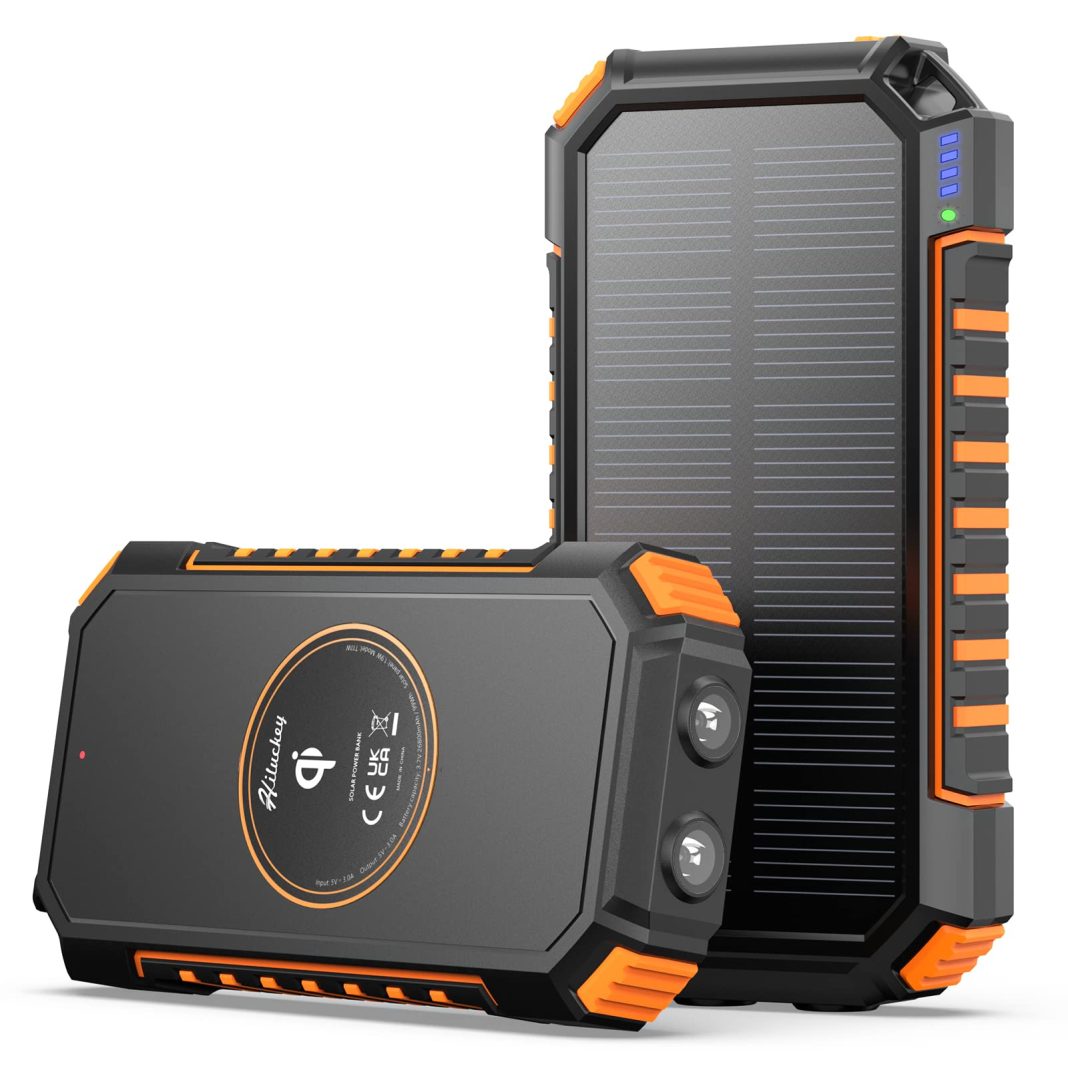 The nation’s utilities experienced a 5 percent increase in electricity generation during the first half of 2024 compared to the same period in 2023, according to the Energy Information Administration (EIA). This growth can be attributed to a hotter-than-normal start to summer and increasing power demands from the commercial sector. However, concerns have been raised about the ability of intermittent renewable energy sources to meet these growing demands without the support of fossil fuel generation. The EIA’s July Short-Term Energy Outlook highlights that nearly 95 percent of the added capacity in electricity generation comes from renewable energy sources such as solar, wind, geothermal, biomass, and hydro, which now account for more than 21 percent of the nation’s electricity. In fact, renewable energy surpassed coal as a source of electricity generation last year.
The nation’s utilities experienced a 5 percent increase in electricity generation during the first half of 2024 compared to the same period in 2023, according to the Energy Information Administration (EIA). This growth can be attributed to a hotter-than-normal start to summer and increasing power demands from the commercial sector. However, concerns have been raised about the ability of intermittent renewable energy sources to meet these growing demands without the support of fossil fuel generation. The EIA’s July Short-Term Energy Outlook highlights that nearly 95 percent of the added capacity in electricity generation comes from renewable energy sources such as solar, wind, geothermal, biomass, and hydro, which now account for more than 21 percent of the nation’s electricity. In fact, renewable energy surpassed coal as a source of electricity generation last year.
The EIA projects that global electricity demand could increase by 30 percent to more than 75 percent of current capacity by 2050, with nuclear and renewables contributing up to two-thirds of the electricity generation. In the United States, the agency expects power plants to produce 2 percent more electricity in the second half of 2024 compared to 2023, with solar power leading the way with a 42-percent increase in capacity. Solar energy now generates nearly 4 percent of utility-scale electricity and powers 7 percent of homes in the country. The Solar Energy Industries Association (SEIA) predicts a significant acceleration in the adoption of solar power, with the number of solar installations in the U.S. doubling to 10 million by 2030 and tripling to 15 million by 2034.
The Department of Interior recently announced the advancement of nine solar projects on federal public lands in Nevada and Arizona that have the potential to power 2 million homes. The largest of these projects, the Esmeralda 7 Solar Project, could generate up to 6.2 GW of electricity, making it the largest single-site solar generator in North America. These projects are part of a larger pipeline of utility-scale renewable energy projects on public lands that could generate an additional 32 GW of electricity.
While there is a growing number of proposals and approvals for solar power and other renewables, concerns have been raised about their ability to keep pace with the increasing demand for electricity, especially if fossil fuel-powered plants are retired without adequate replacements. Utility and transmission system operators have highlighted the potential problems caused by a disconnect between projected demand and government policies that favor renewables over fossil fuels. The new EPA rules, for example, require coal plants to reduce greenhouse gas emissions by 90 percent by 2039 or close, which could lead to the retirement of about 200 coal-burning power plants that currently generate 16 percent of the nation’s electricity. State attorneys general have filed a lawsuit challenging these rules, citing concerns about the reliability of alternative power sources.
During congressional hearings, it has been emphasized that the expansion of renewable energy must be accompanied by upgrades to the electrical grid to ensure the efficient transmission and distribution of power. Without these upgrades, there is a risk of gaps in power supply when intermittent sources like solar and wind are not available. FERC Commissioner Mark Christie has warned that the United States is heading for potentially catastrophic consequences in terms of the reliability of the electric power system if the rapid retirement of dispatchable resources, particularly coal and gas, is not adequately addressed.
In conclusion, while renewable energy sources, particularly solar power, have made significant strides in meeting the nation’s electricity demands, challenges remain in terms of reliability and grid infrastructure. The transition to a cleaner and more sustainable energy sector requires careful planning and investment in storage and transmission technologies to ensure a reliable and resilient power supply.

